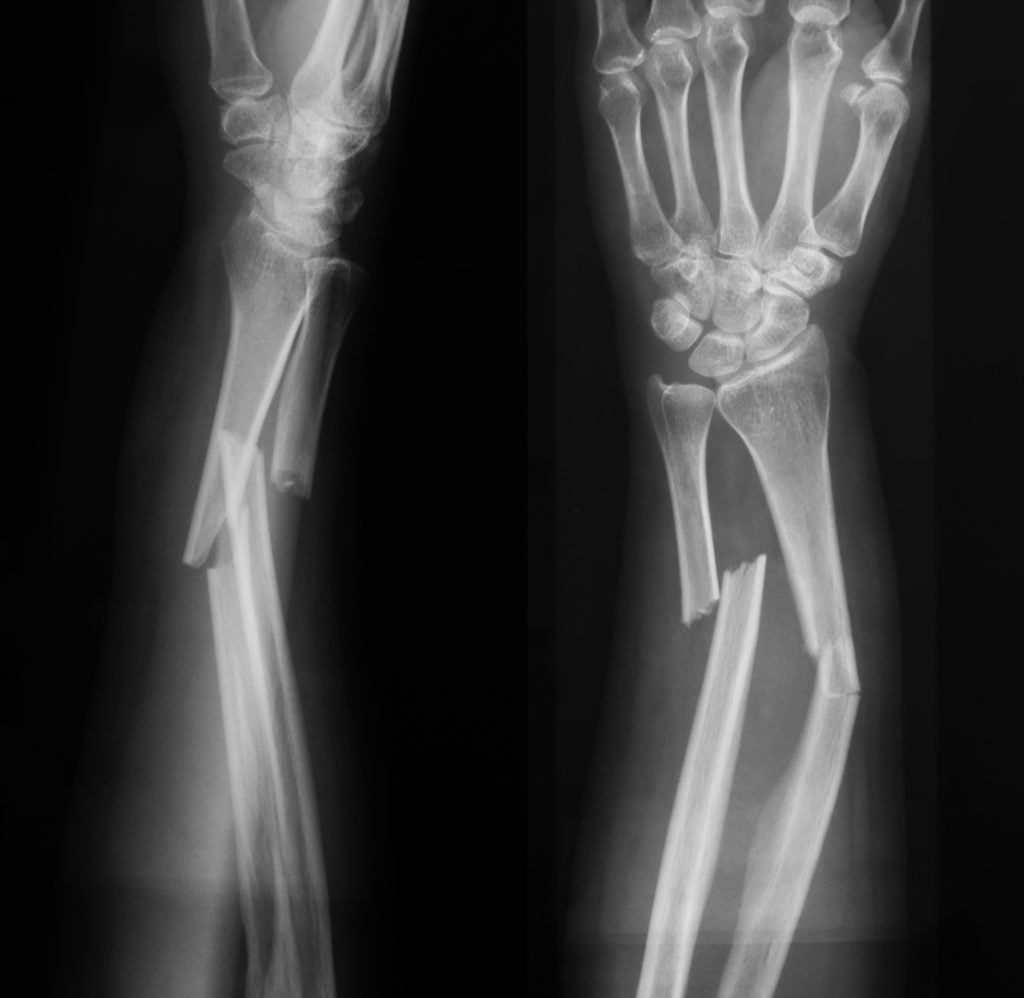
Why is there such a huge disparity in settlement numbers here? Well, in most personal injury cases there is an element of pain and suffering that makes up most of the settlement claim. In the non-surgical case, the client may have pain and a splint or some period of healing. Perhaps after 8 weeks, they are better and back to work. Perhaps they complain of pain for the next nine months but get no therapy or care. The only evidence of pain and suffering is the client’s word. While we generally believe our clients are telling the truth, the defense will always argue that they are exaggerating the duration of pain and suffering for financial gain.
On the other hand or wrist, nobody would willingly go through a surgery for financial gain, or at least that is the commonly accepted belief. Further, no surgeon would conduct a surgery if it were not needed. So, surgery basically tells all involved that you had a real injury, that needed surgical repair and often with metal plates or screws etc. Surgery, however much it is needed, leaves scars and often results in arthritis or unpleasant sensations when cold weather approaches etc.
So, really surgery is proof of injury, proof of pain and suffering, and proof that you will have a lifelong scar, injury, or effects from this single accident. The surgery validates your claim of pain and suffering in a way that mere complaints of pain without surgery do not have validation.
Now, the numbers above vary with crash facts and a host of other factors. What are those factors? Did you lose time from work due to the broken wrist? Are you a cellist and cannot play cello? Did you work right through the injury? Did you contribute to the crash in any way? Is there a defense of any sort for the other side? Did you have a prior wrist injury that clouds the extent of the fracture?
One issue that often crops up is osteoperosis. Defense lawyers and defense doctors will often raise it as an issue to put the thought in a juror’s mind that maybe the bone fracture would not have happened except for the brittle nature of the client’s bones. This is a red herring in my view. You would not have been injured if there were no crash. Whether you are the proverbial eggshell plaintiff or not is not the plaintiff’s fault. Rather, the case is about the injured person and you take the injured person as they are regardless of why they are that way. I had a lovely client with a unique condition where her bones would break upon minimal impact. She was a nice woman and a plaintiff lawyer’s dream client, but then she moved out of state.
